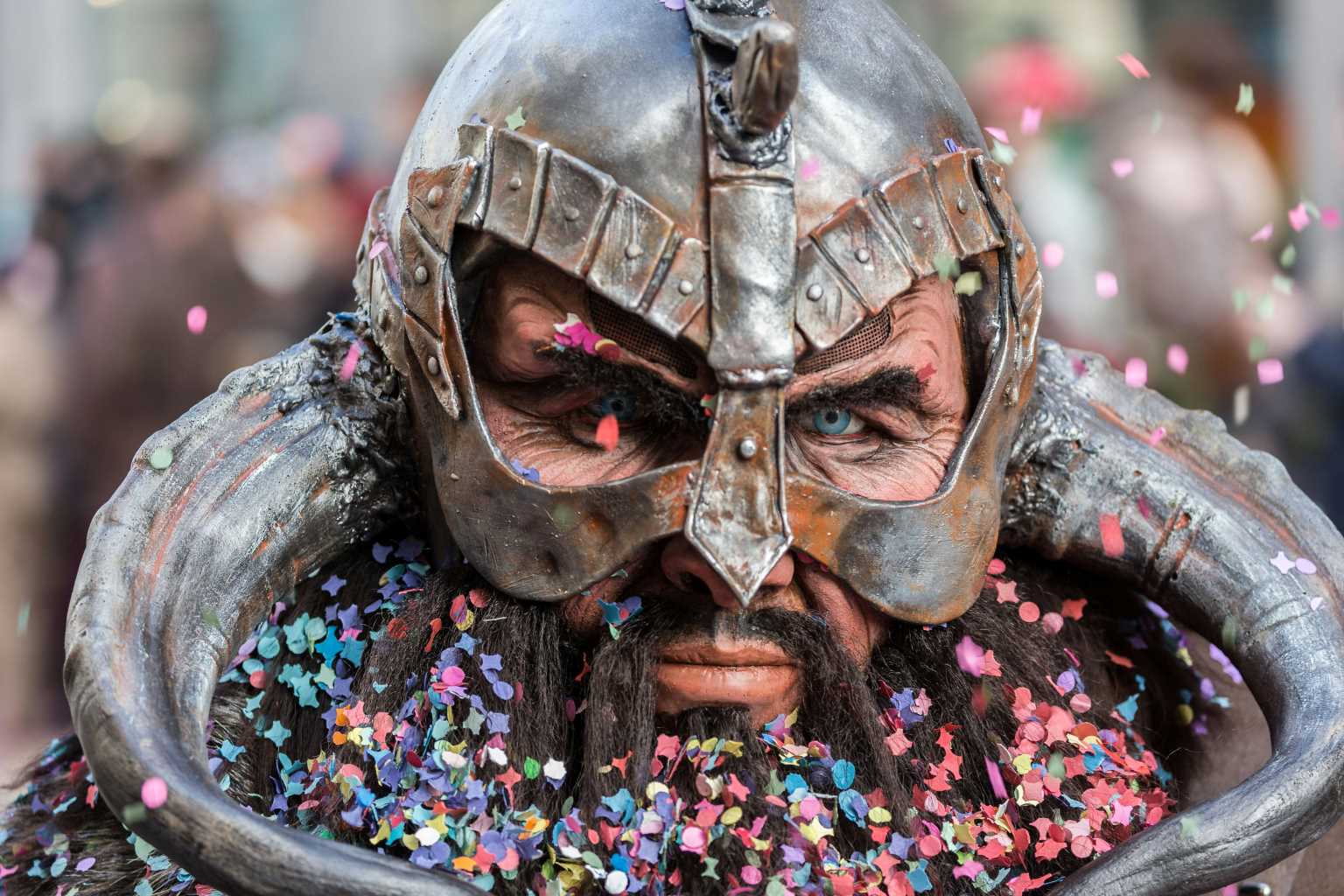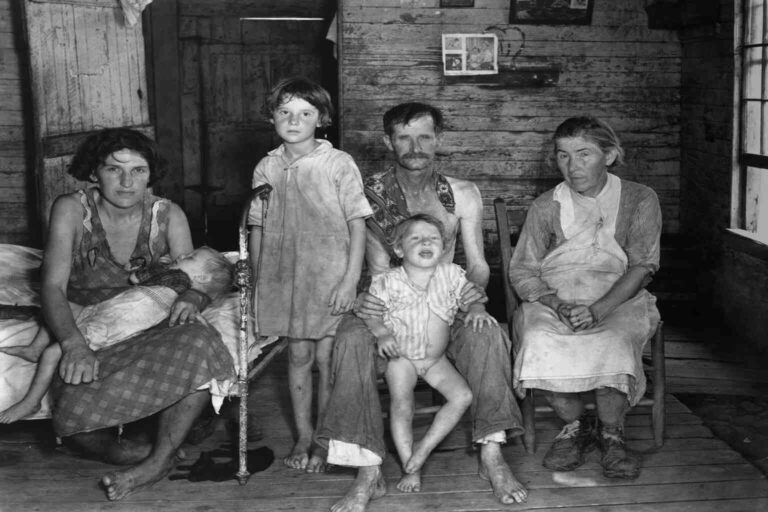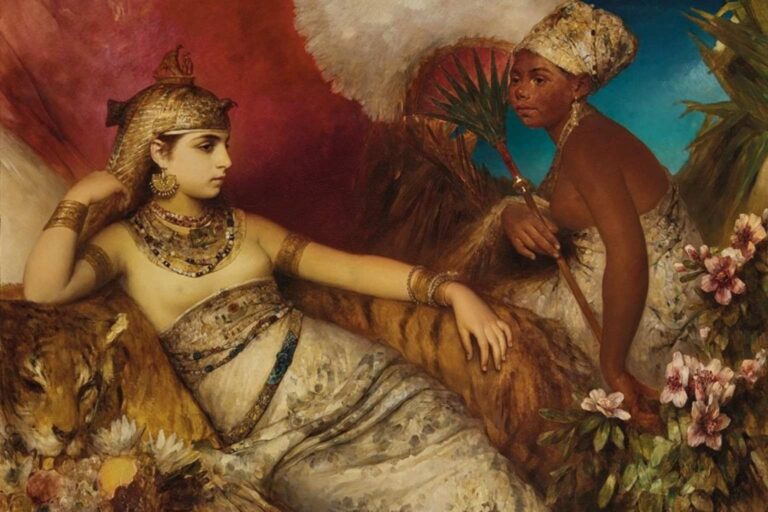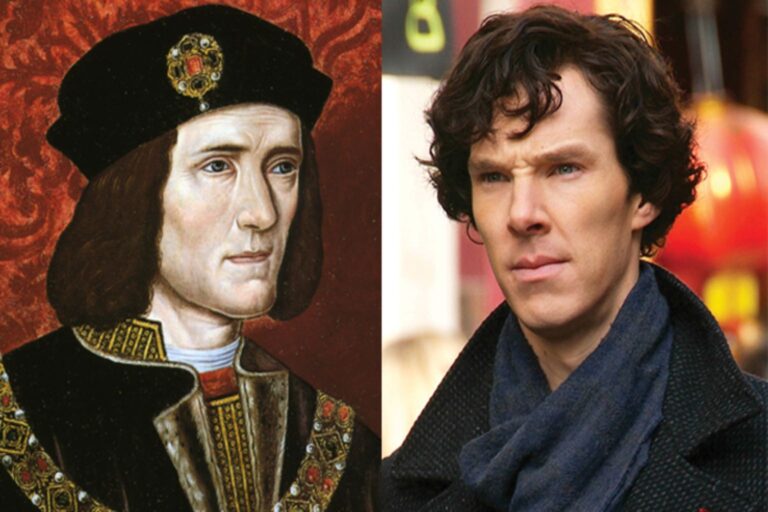Viking mythology has a serious presence in our imagination. We picture them as those with horned helmets, the berserkers foaming at the mouth, the merciless raiders landing from nowhere. But what if that picture is almost entirely wrong? The problem isn’t just that these ideas are wrong; it’s that they completely bury who the Vikings actually were. We’ve put farmers, explorers, and skilled traders all of them on the same line.
They were actually skilled sailors who made it to America long before anyone thought it possible. They built huge trade routes reaching the far east, and their society wasn’t just chaos – it had real structure.
We are talking about some of the many popular Viking legends and myths that have completely twisted our view of an entire people and their real impact. Archaeology and the Vikings’ history facts show us a world away from the opera costumes and campfire tales. Here are ten popular Vikings myths that fall apart once you take a closer look at the real history behind them.
1. They had helmets with horns
You would’ve seen those images of Vikings fighting in battles with big horns on their helmets—that’s totally made up. That whole look wasn’t dreamed up until way later, in the 1800s. It basically started as a cool costume idea for Richard Wagner’s famous opera The Ring of the Nibelung back in the 1870s.
The designer thought horns and wings looked awesome for the Viking characters, and that’s how one of history’s biggest misconceptions was born. We haven’t found many, but not a single one ever dug up had horns attached. Images from back when Vikings actually lived show them wearing plain helmets made of iron or leather.
It’s true that horned helmets existed way earlier in the Bronze Age, but they were never part of the Vikings’ history facts.
2. Lindisfarne was the Start
Everyone points to 793 CE as the Viking Age’s big bang – the year raiders hit Lindisfarne, Northumbria’s sacred Christian center. But it wasn’t actually their first attack.
Vikings had already struck England years earlier, likely around 787 near Portland in Wessex.
So why does Lindisfarne get all the fame? The shock.
- Pagan warriors violating such a holy place sent panic across Europe, rattling even Emperor Charlemagne
- Accounts from the Anglo-Saxon Chronicle, written later by the people under attack, poured fuel on the fire. These records probably exaggerated things, framing Vikings as pure villains
The truth is, Scandinavians were already trading and exploring before 793. But Lindisfarne did change everything. After that, raids on England exploded, becoming far more coordinated by the mid-800s.
What pushed them out of Denmark, Sweden, and Norway?
- Life back home was tough – scarce good land, too many people, maybe not enough brides
- Whispers of Christian kingdoms overflowing with treasure were hard to ignore. Lindisfarne proved just how reachable that treasure was
3. Ragnar Lothbrok actually existed
Ragnar Lothbrok feels like a real, famous Viking king because of shows like Vikings. But pinning down the actual history is tough. Most of what we know comes from Icelandic sagas written centuries after the Viking Age ended – around the 1200s.
These sagas weren’t history books.
- They were stories passed down orally for generations before being written down far from where Ragnar supposedly lived. Just like elaborate campfire tales
- Over time, details definitely got exaggerated, added, or even made up entirely
- Some stories even borrow elements from older Viking god stories
Many historians suspect the legendary Ragnar might be a blend of several real Viking leaders, all rolled into one super-sized hero figure, because the name was already famous.
His saga stories definitely lean into the mythical, like tales of him killing giant snakes or wrestling a bear to death. While they might hint at real people or events, these sagas were likely meant as much for thrilling entertainment as keeping records.
4. Leif Erikson made it to America
Icelandic explorer Leif Erikson lands on North American shores around 1000 AD – five centuries before Columbus. The sagas tell us he was sailing for Greenland when storms diverted him wildly off course, and landed him in a place he called “Vinland”.
These stories come from Icelandic sagas like the Saga of Erik the Red and the Saga of the Greenlanders. Like campfire tales passed down for generations before being written, they’re probably more exciting than exact. One version even claims trader Bjarni Herjólfsson spotted the coast 14 years before Leif but never bothered to land.
So was Vinland real? Absolutely. In the 1960s, Norwegian explorers uncovered a genuine Viking settlement at L’Anse aux Meadows in Newfoundland, Canada. While we can’t say for sure it was Leif’s camp, it’s the smoking gun that proves Norse feet walked here long before other Europeans.
5. Berserkers are believed to have eaten magic mushrooms
So, Viking “Berserkers” were these warriors who supposedly flipped out in battle, fighting in a wild, almost possessed rage. You’ll hear stories that they chowed down on magic mushrooms to trigger that frenzy.
But there is no single evidence backing that up. Historians straight-up say no proof exists linking mushrooms to Berserkers.
RELATED READING: 11 Weird Coming-Of-Age Traditions From Around The World
6. Vikings stood under one kingdom
The Vikings were not one big kingdom. They were different groups from Norway, Sweden, and Denmark, and each of them was doing their own thing based on where they lived.
- Norway’s all mountains, crazy coastline, and deep fjords made them killer sailors. They headed west across the North Atlantic, setting up shop in Iceland, Greenland, and even bumping into North America
- Sweden had it a little easier—flatter land, better soil down south and east. They got tangled up with folks around the Volga River, the Caspian Sea, and even the Byzantine Empire (they were the ‘Rus’ over there). The Baltic Sea and those huge rivers made getting around Eastern Europe pretty straightforward for trade and settling
- Denmark was flat and had really good farmland. They got their king sorted out early (8th century), so things were more stable. Being right there, Danish Vikings mostly hit up Western Europe and Britain – raiding and settling hard
Earlier, the borders we know today weren’t a thing. People mixed constantly – trading, fighting, marrying, sharing gods and stories. It was messy and connected.
The closest they ever got to one big Viking kingdom was that North Sea Empire under Cnut the Great. For a short while near the end of the Viking Age (roughly 1013 to 1042), he personally held England, Denmark, and Norway together. It was basically glued together by… boats.
Sweyn Forkbeard, Cnut’s father, actually grabbed all three first when he took England in 1013. But he dropped dead barely a month later, and it all fell apart instantly.
Cnut had to claw it back:
- England in 1016
- Denmark in 1018
- Norway in 1028
From 1028 to 1035, Cnut ran the whole show. He was arguably the biggest power in Western Europe, second only to the Holy Roman Emperor. But the whole empire collapsed the moment he died in 1035. Just vanished.
7. Vikings were nothing more than raiders with swords
We think that Vikings were just warriors, but that’s not it. Their world was way more complex. Trading and craftsmanship also were huge parts of their lives.
They didn’t use coins like we do. Instead, they traded by weight, especially using chunks of silver based on how pure it was – basically a silver bar economy. Yet for all their trading smarts, there was an ugly truth: slavery was big business. People captured in raids got hauled back to Scandinavia, and this awful trade stretched all the way to Eastern Europe and the Middle East.
Most Vikings lived on farms or in small villages. Things were pretty unstable and lawless in those days, with local chiefs calling the shots. Life for your average farmer was usually tough and didn’t last long. Things started changing in the late 900s, when actual kingdoms formed in Norway, Sweden, and Denmark, and proper laws and some towns began popping up.
An old poem called the Rigstula (probably from the 10th or 11th century) shows Viking society split into three ways –
- At the top were the Jarls – the nobles and chiefs who launched expeditions
- Most people were Karl, the free farmers, fishers, and craftsmen in the middle
- Right at the bottom were the Thralls – slaves, usually snatched in raids, though they could sometimes buy or earn their freedom
Viking women (except thralls) actually had it better than many back then. The old stories show them as strong and sharp. Most ran the household on the farm, but crucially, they could ask for a divorce if their husband got suddenly poor, turned violent, or just took off. Some women even sailed with the men on longer trips, planning to settle in new lands.
8. Women fought alongside men
Viking stories and poems love talking about these amazing, tough women who everyone respected. But the actual word “Viking” meant a guy out raiding.
Women’s were running the farm and the home. That was the daily reality. We have found some women buried with weapons, and the old tales mention fighters called shield maidens (or those mythical Valkyries). So, some women probably fought. Though finding a sword in a woman’s grave doesn’t automatically mean she used it in battle.
The truth is, over those 300-odd years, a few women likely did join raids, but calling it “commonplace” isn’t right. It was definitely the exception, not the rule.
9. Western Europe was where it all happened
We picture Vikings raiding Britain, but the real action was often further east. Digging stuff up actually shows that more Viking activity happened over there than in the west. The Swedes were busy rowing across the Baltic, pushing into what’s now Russia.
They even set up the state of Kievan Rus’ way back in 882. The name ‘Rus’ comes from their word ‘to row’, which is how ‘Russia’ got its name too. Lots of Vikings settled there.
This eastern push was mostly about trade, building huge networks stretching down to the Black Sea and Finland. Honestly, these guys were key players in getting Europe’s economy back on track after the Roman Empire fell apart.
They didn’t just raid; they set up shop everywhere – Spain, Sicily, North Africa. Traders followed rivers deep into Eastern Europe, reaching Constantinople and even connecting with the Islamic world. That let them tap into the Silk Road, swapping stuff like amber, furs, leather, fish, and even walrus ivory.
You know that massive hoard of silver coins, including Islamic ones, found in England back in 2011? Stuff like that really shows just how far and wide their trading network stretched. Viking mythology barely touches on this part of their legacy.
10. They used the name ‘Viking’ for themselves
Early Scandinavian people wouldn’t have said “I’m a Viking. That word didn’t describe who they were ethnically. It described what they did – going off on expeditions overseas. Could be raiding, yes, but also trading or just exploring. Think of it like saying “I’m going fishing” – it’s about the activity, not your core identity.
That whole pirate image came later from the stories. As Norway, Sweden, and Denmark started becoming actual countries, people might say they were from there.
But actually, even in the 1000s, no one was walking around saying “I’m Norwegian” or “I’m a Viking.” Nope. They’d tell you their family name or their home valley. Viking was a thing you did, not a thing you were.
Final Words
Traditional Viking mythology distils their image into violent caricatures in horned helmets. But clinging to these stories does a real disservice. The truth reveals something far more compelling: adaptable societies of farmers, explorers, and skilled traders whose complex lives and vast connections across continents reshape our understanding of the medieval world.




